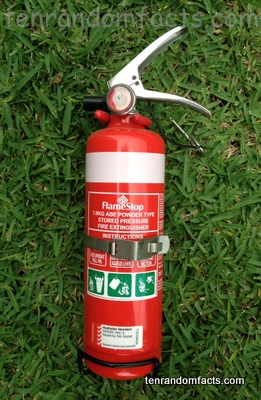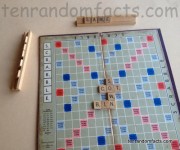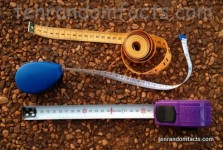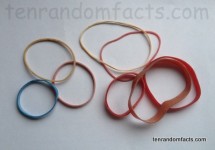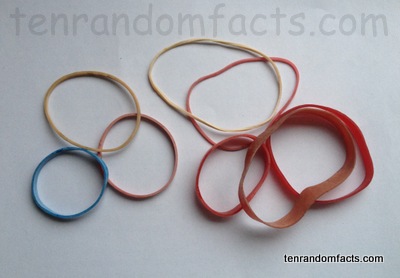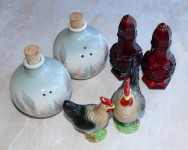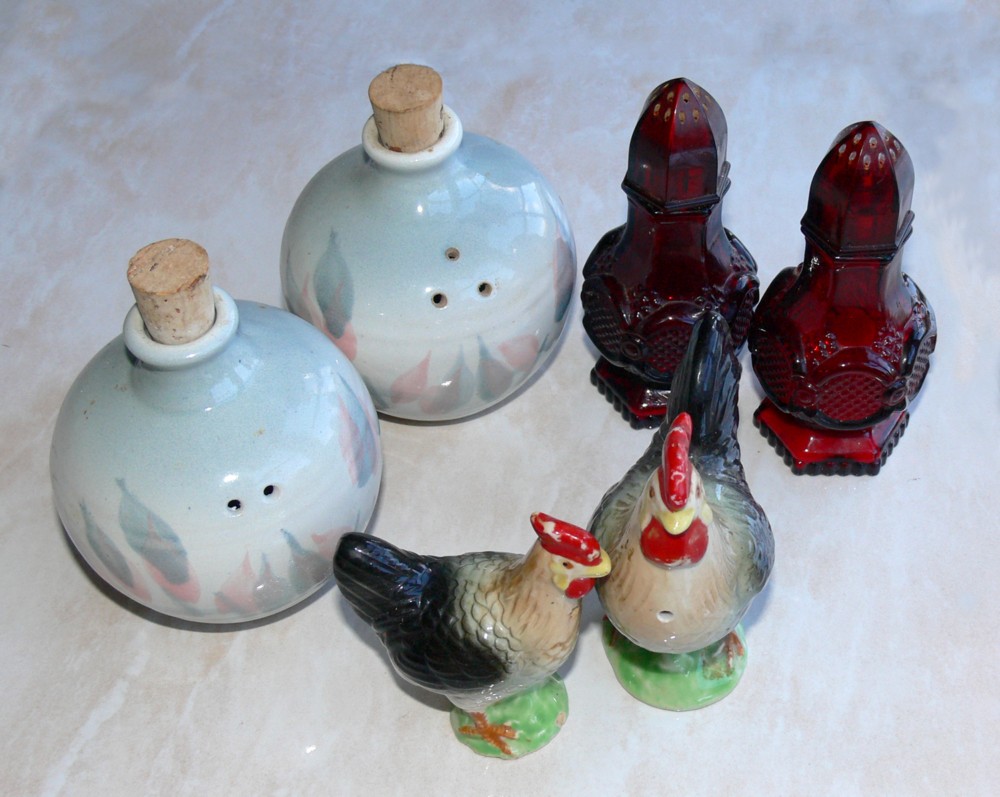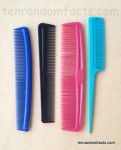
A comb equals tidiness.
- Combs are grooming tools with long, thin spokes called ‘teeth’, that are particularly used in hair styling.
- Combs are typically made of metal, plastic or wood and have numerous teeth evenly spaced apart, although many combs have half of the teeth spaced closely together, and the other half spaced in a more open arrangement.
- Combs have been used for thousands of years, and the earliest known time is in Ancient Persia, 5000 years ago.
- Combs are commonly used for styling, decorating, securing and separating hair or textile strands, and to neaten hair.
- Combs can be used as a simple instrument, with the spokes able to produce a musical sound when picked.
- Combs were originally made of wood, bone, ivory and shell, and later tin, silver and brass, and were commonly made as decorative hair accessories.
- A comb with fine teeth can be used to catch or kill parasitic animals such as fleas or lice.
- Combs come in many shapes, sizes and colour, but are commonly flat and rectangular.
- Sharing combs can transfer infections, parasites or diseases from one’s head to another’s.
- Combs are generally cheap items that are commonly purchased from grocery or department stores, and are sold singularly, or in packets of two or more.
Bibliography:
Comb, 2014, Wikipedia, http://en.wikipedia.org/wiki/Comb
History of Comb, n.d, Lifestyle Lounge, http://lifestyle.iloveindia.com/lounge/history-of-comb-7186.html
Jackson-Arnautu N, History of the Comb, n.d, EHow, http://www.ehow.com/about_4661215_history-comb.html






